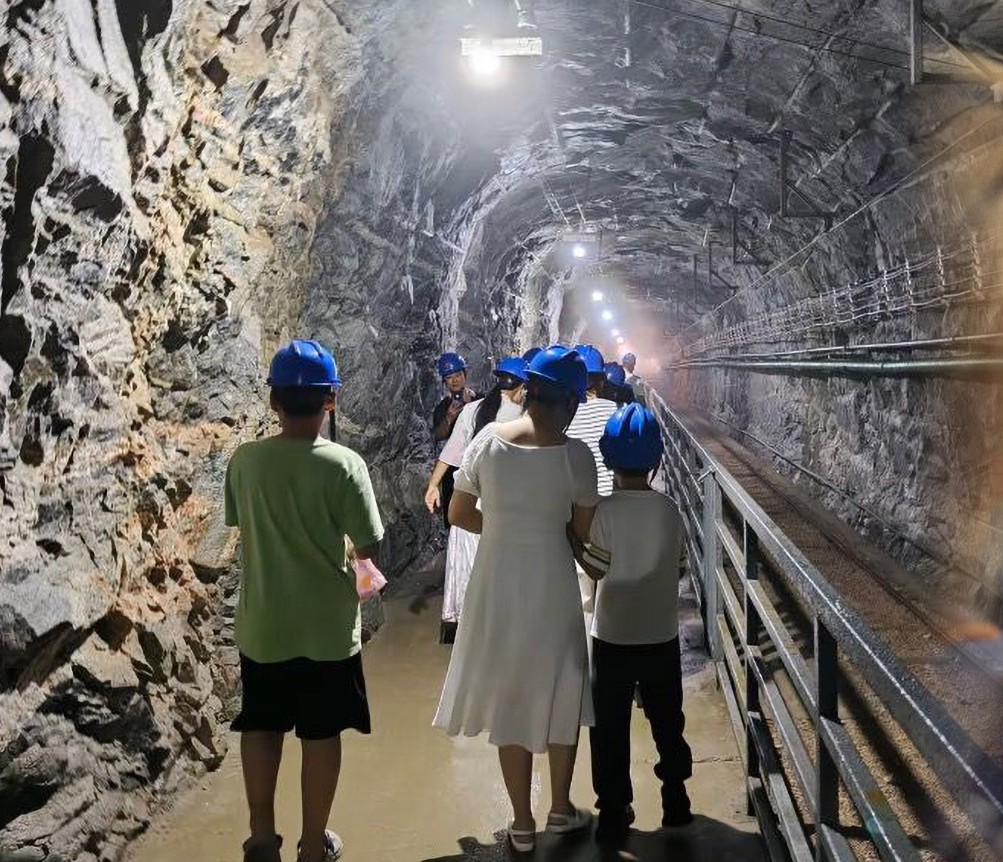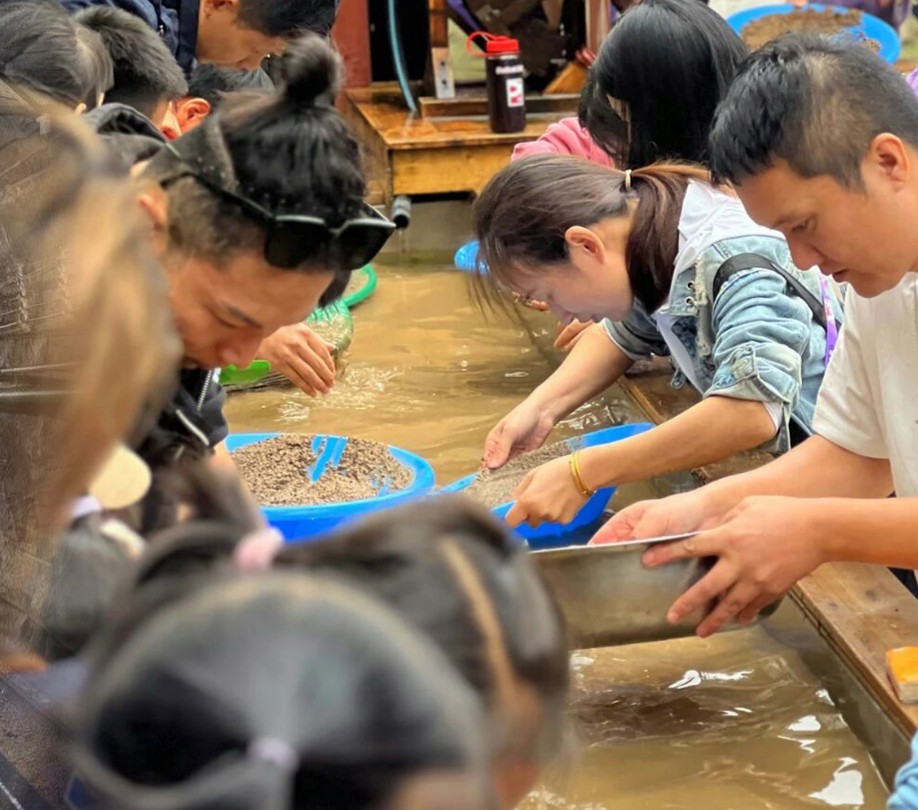The Weekend Gold Rush No One Told You About: Chinese Tourists Wash Sand for Tiny Nuggets as Gold Tops $4,000 an Ounce
What are Chinese people doing on weekends and vacations? They are washing gold. In a scene that feels straight out of the Wild West, visitors stand in artificial pools, water swirling as they scrub sand with plates, hoping to uncover microflakes of gold. Global gold prices surged on October 8, with prices surpassing $4,000 per ounce, fueling a literal gold fever that has spilled into travel. Thousands are flocking to former mining towns now pitched as interactive experiences, where visitors pan for gold in streams and take home shimmering dust if luck allows.

In This Article:
Old Mines Reimagined as Tourist Trails
Across Shandong and Zhejiang, former mining towns persist as tourist hubs where history meets hands-on fun. Visitors explore underground tunnels, study mining techniques, and pan for gold in streams and sandy quarries, guided by locals who remember the industry’s heyday. In Suichang County, eight days of operation at a mining-themed park drew 15,000 bookings—roughly the population of a small city—showing how quickly this trend has grown.

Tiny Grains, Big Buzz: The Price of Gold in a Theme Park
The gold grains on offer weigh only 0.03–0.05 grams and are worth about 35–60 yuan at current prices—a thrill more than a fortune. Entry to the park costs 126 yuan, plus 30 yuan for the gold-washing pool. Since the park opened in 2007, its artificial wash basin has yielded about one kilogram of gold dust, a modest sum that fuels excitement rather than wealth.

Hands-On History: Tunnels, Museums, and Making Gold Real
Beyond washing, tourists tour Tang and Song dynasty mining tunnels and visit a dedicated museum. To keep it engaging, parks add crafts and interactive elements—like weaving looms—and let visitors drop gold into the pool so they can wash sand themselves. For many, feeling history in your hands leaves a stronger impression than any exhibit alone.

Industrial Tourism: More Than a Show, a Movement
China now has more than 1,000 industrial tourism destinations. Many are factory tours ending at souvenir shops, but these parks prove there can be real hands-on experience. The trend is clear: people want to touch, feel, and participate in the past, not just observe it from a distance. Would you go gold-washing on a weekend? Share your thoughts below as industrial-tourism continues to shape travel.

